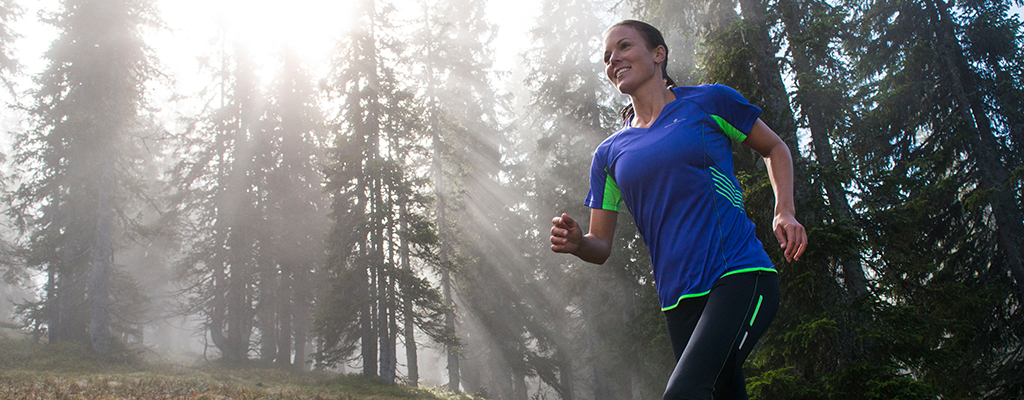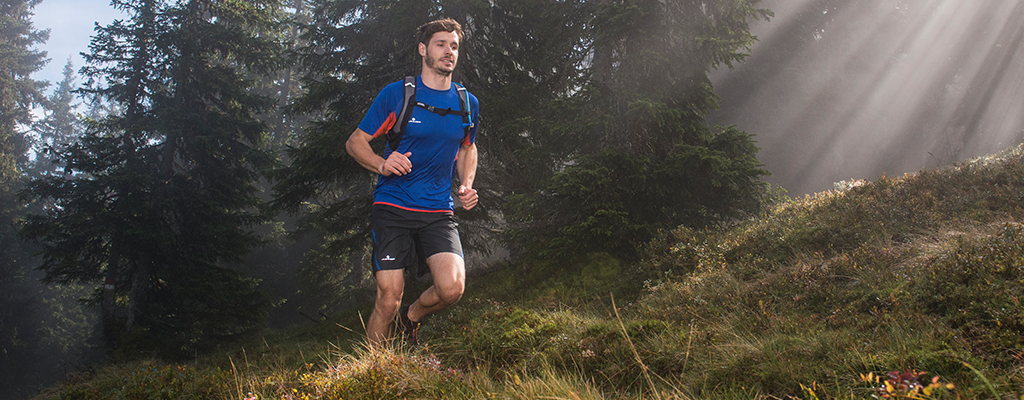Quick Dry Technology

Quick-Dry Technology
The Ultimate Guide to Quick-Dry Clothing and Gear
If you’ve ever been caught in a downpour halfway up a hill, or sweated through your base layer on a summer run, you’ll know how uncomfortable-and even dangerous-wet clothing can be. That’s where quick-dry technology comes in. Whether you’re hiking in the Lake District, running through city parks, or planning a backpacking trip abroad, quick-dry clothing and gear can make all the difference.
But what exactly is “quick-dry”? How does it work, and why is it so important for outdoor activities in the UK and beyond? In this guide, we’ll break down the science, share practical tips, and help you choose the best quick-dry kit for your next adventure.
What is Quick-Dry Fabric?
The Science Behind Staying Dry
Quick-dry fabrics are specially engineered materials designed to wick moisture away from your skin and dry significantly faster than traditional fabrics like cotton. The result? You stay drier, warmer (or cooler), and more comfortable-no matter what the weather throws at you.
How Quick-Dry Fabrics Work
- Moisture Wicking → Quick-dry fabrics use capillary action to pull sweat and water away from your skin, spreading it across the surface of the fabric where it can evaporate quickly.
- Breathable Weaves → Many quick-dry garments use open weaves or mesh panels to boost airflow, speeding up the drying process.
- Technical Coatings → Some items are treated with Durable Water Repellent (DWR) finishes, which help water bead up and roll off instead of soaking in.
Why Choose Quick-Dry Clothing?
- Comfort in All Conditions → Quick-dry clothing helps regulate your body temperature by moving sweat away from your skin. In summer, this stops you overheating; in winter, it prevents chills from damp layers.
- Lightweight and Packable → Quick-dry fabrics are often lighter and more compressible than traditional materials, making them perfect for travel, backpacking, or multi-day hikes where every gram counts.
- Odour Resistance → Many quick-dry garments feature antimicrobial treatments or natural fibres like merino wool, which help keep odours at bay-even after long days on the trail.
- Easy Care → Quick-dry kit is simple to wash and dries in a fraction of the time, so you can rinse it out on the go and wear it again the next day.
- Durability → Technical fabrics are designed to withstand the rigours of outdoor use, from scrambling over rocks to repeated washing.
Common Quick-Dry Fabrics and Their Properties
| Fabric Type | Drying Speed | Odour Resistance | Durability | Typical Use Cases |
|---|---|---|---|---|
| Polyester | Fastest | Moderate | High | Running tops, base layers |
| Nylon | Fast | Moderate | Very High | Trousers, jackets |
| Merino Wool | Moderate | Excellent | Moderate | Base layers, socks |
| Polyester Blends | Fast | Improved | High | Travel shirts, underwear |
| Bamboo | Moderate | Good | Moderate | Casual, light activity |
Quick-Dry vs Moisture-Wicking: What’s the Difference?
These terms are often used together, but they’re not quite the same.
- Moisture-Wicking → Refers to the fabric’s ability to move sweat away from your skin.
- Quick-Dry → Refers to how fast the fabric dries once it’s wet.
The best outdoor clothing does both-wicks moisture and dries quickly. Polyester and nylon are top performers, while merino wool is excellent for wicking and odour control but dries a little slower.
Top Brands for Quick-Dry Clothing and Gear
- Arc'teryx → Known for technical excellence, Arc’teryx offers quick-dry tops, trousers, and jackets perfect for serious hikers and climbers.
- Salomon → A favourite among trail runners, Salomon’s quick-dry shirts and shorts are lightweight, breathable, and built for speed.
- Merrell → From hiking trousers to trail shoes, Merrell uses quick-dry materials to keep you comfortable on the move.
- Hoka → Best known for their running shoes, Hoka also makes quick-dry apparel for runners who demand performance.
- Patagonia → A leader in sustainable outdoor gear, Patagonia’s Capilene range is a benchmark for quick-dry base layers.
Care and Maintenance
| Step | DO | DON'T |
|---|---|---|
| Washing | Use technical/sports detergent, cool wash | Use fabric softener, hot wash |
| Drying | Air dry or low tumble dry | High heat, leave damp in bag |
| Reproofing | Use DWR spray/wash-in as needed | Skip reproofing if water stops beading |
| Storage | Store dry, ventilated | Store damp, in closed spaces |
FAQs
Polyester is generally the fastest drying, followed by nylon. Merino wool dries quickly for a natural fibre but is a little slower than synthetics.
Check the label for terms like “quick-dry”, “moisture-wicking”, “DWR”, or look for synthetic fibres like polyester and nylon.
Absolutely. Quick-dry base layers are essential for winter sports, as they keep sweat away from your skin and help prevent chills.
Yes! It’s lightweight, packs small, and you can wash and dry it overnight.
This depends on the fabric and conditions, but most quick-dry items will dry in 1–2 hours in good airflow.
With proper care, quick-dry clothing lasts for years. Avoid fabric softeners and high heat to keep it performing at its best.
Many brands now use recycled fibres and eco-friendly treatments. Look for certifications like Bluesign or brands like Patagonia for sustainable options.

Let us know you agree to cookies
We use marketing, analytical and functional cookies as well as similar technologies to give you the best experience. Third parties, including social media platforms, often place tracking cookies on our site to show you personalised adverts outside of our website.
We store your cookie preferences for two years and you can edit your preferences via ‘manage cookies’ or through the cookie policy at the bottom of every page. For more information, please see our cookie policy.

